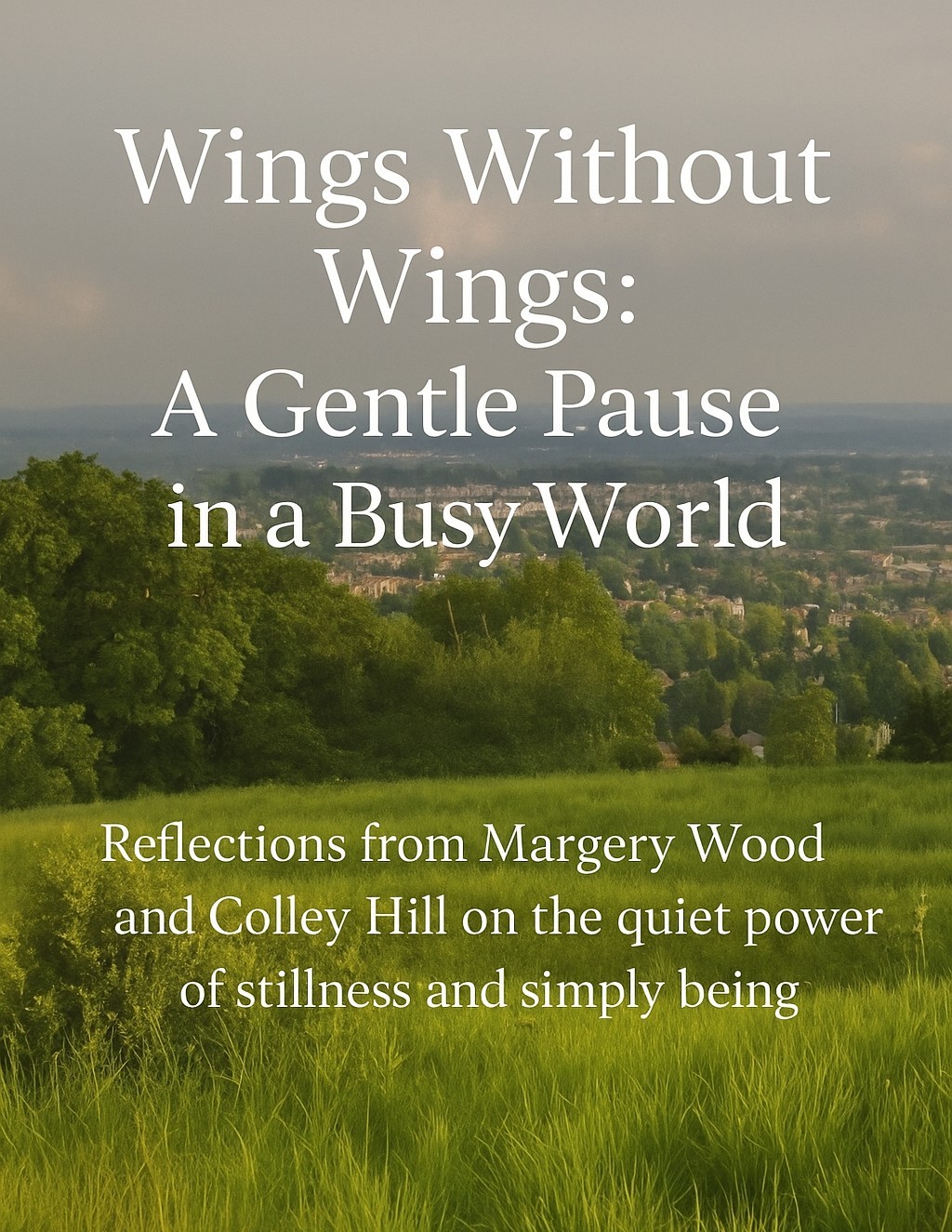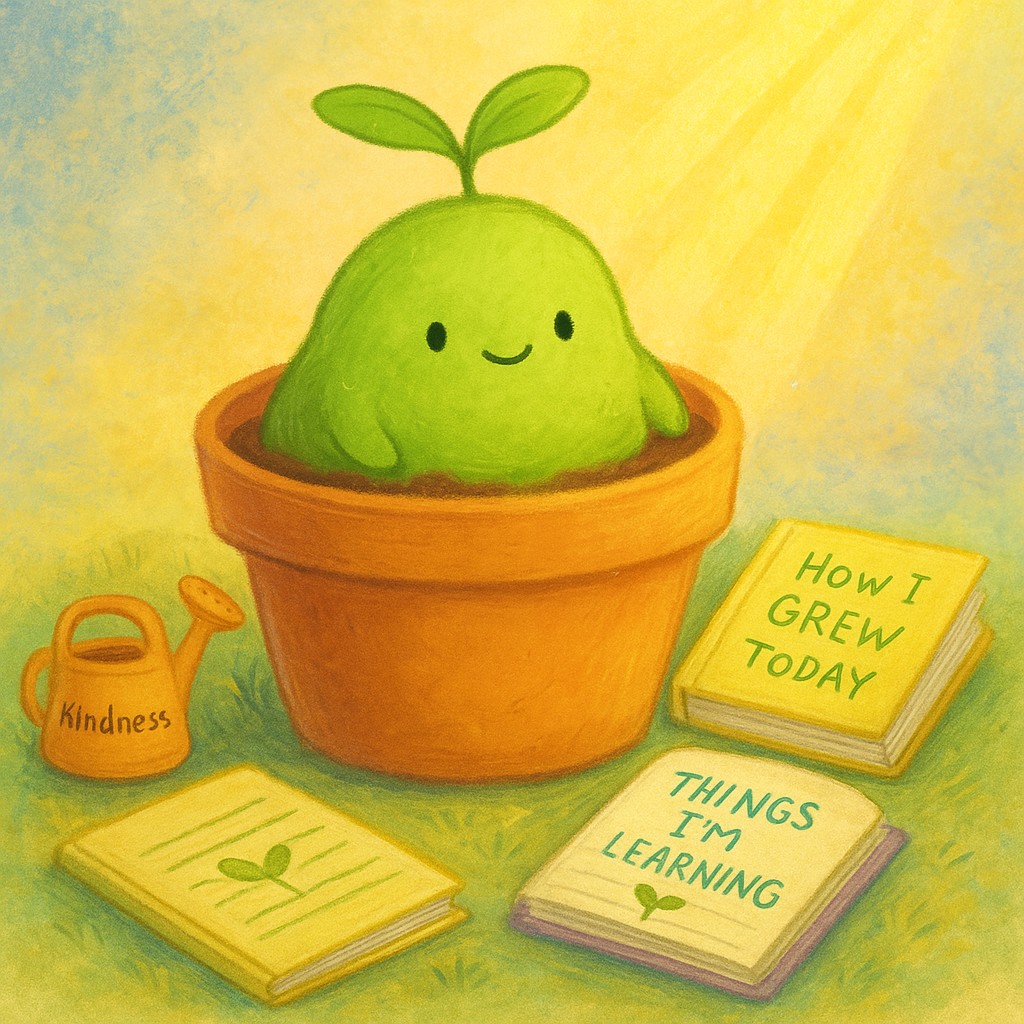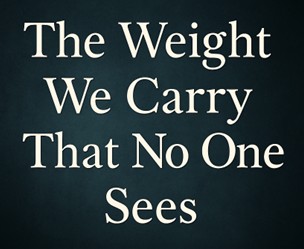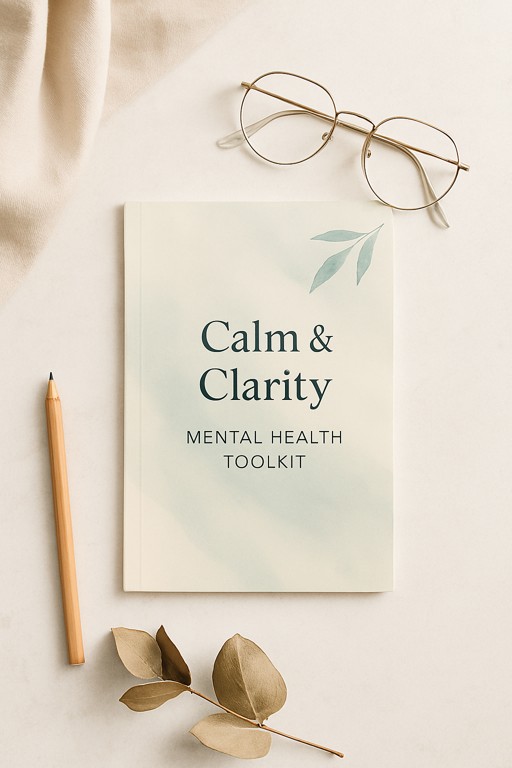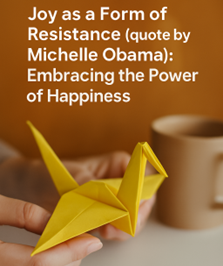In our fast-moving, achievement-driven world, compassion is often overlooked. We rush through days filled with to-do lists and expectations, rarely pausing to ask: How am I treating myself? How am I treating others? In the busyness of life, we may begin to lose sight of the quiet, essential power that compassion holds—not just in therapy rooms or crisis moments, but in everyday life.
Compassion isn’t about grand gestures. It starts with simple things: how we speak to ourselves after a mistake, how we respond to a friend who’s struggling, how we choose to listen, soften, or make space for someone else. And yet, many of us find it easier to extend kindness to others than to ourselves. We are our own harshest critics—quick to judge, slow to forgive.
But self-compassion is not self-indulgence. It’s a foundation. When we offer kindness inward, we build the emotional strength to show up more gently and patiently in the world around us. It becomes easier to hold boundaries without guilt, to speak with more understanding, and to meet others with presence rather than pressure.
In today’s culture—where comparison, perfectionism, and individualism often take centre stage—practising compassion is a quiet return to what matters. It reminds us that behind every face is a story, behind every silence, a reason, and behind every outburst, a need.
We don’t have to wait for significant events or deep suffering to practice compassion. It can be in how we treat ourselves when we’re tired, how we pause before reacting, how we notice someone’s tone and choose empathy instead of assumption.
Let’s start there: to care. Not perfectly, not dramatically—just consciously, gently, and more often. Compassion isn’t weakness; it’s strength with heart.

